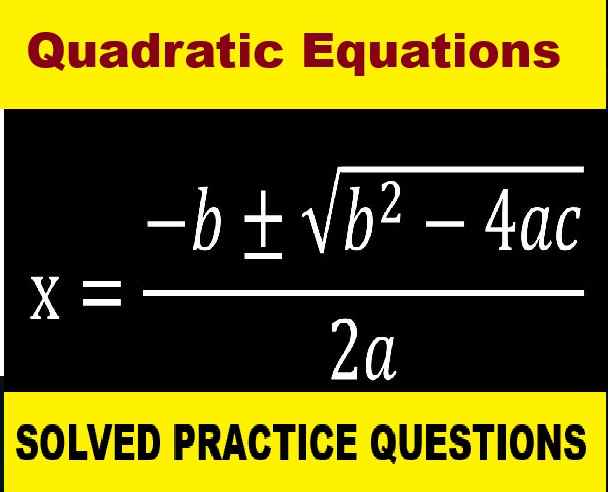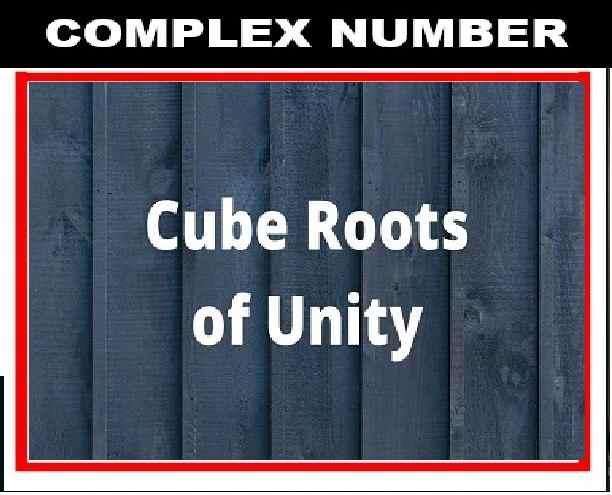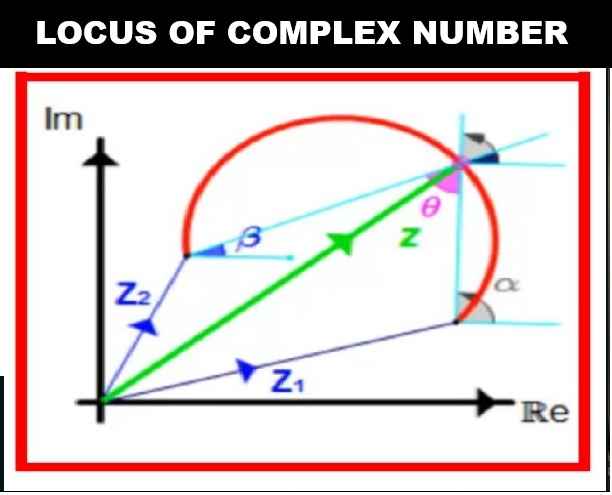Chemical Changes and Reactions Exe-2A Chemistry Class-9 ICSE Selina Publishers Solutions Chapter-2. Step By Step ICSE Selina Concise Solutions of Chapter-2 Chemical Changes and Reactions with All Exercise including MCQs, Very Short Answer Type, Short Answer Type, Long Answer Type, Numerical and Structured/Application Questions Solved . Visit official Website CISCE for detail information about ICSE Board Class-9.
Chemical Changes and Reactions Exe-2A Chemistry Class-9 ICSE Concise Selina Publishers
| Board | ICSE |
| Publications | Selina Publication |
| Subject | Chemistry |
| Class | 9th |
| Chapter-2 | Chemical Changes and Reactions |
| Book Name | Concise |
| Topics | Solution of Exercise – 2A |
| Academic Session | 2023-2024 |
A. Exercise – 2A
Chemical Changes and Reactions Class-9 Chemistry Concise Solutions
Page 24
Question 1.
(a) What is a chemical reaction?
(b) State the conditions necessary for a chemical change or reaction.
Answer:
(a) A chemical reaction is the process of breaking the chemical bonds of the reacting substances (reactants) and making new bonds to form new substances (products).
(b) Conditions necessary for a chemical change or reaction are
(i) Evolution of gas
(ii) Change of colour
(iii) Formation of precipitate
(iv)Change of state
Question 2.
Define the following terms
(a) Chemical change
(n) Chemical bond
(c) Effervescence
(d) Precipitate
Answer :
(a) A chemical change is a permanent change in which the chemical composition of a substance is changed and one or more new substances with different chemical compositions and different properties are formed.
(b) A chemical bond is the force which holds the atoms of a molecule together as in a compound.
(c) Formation of gas bubbles in a liquid during a reaction is called effervescence.
(d) Chemical reactions which are characterised by the formation of insoluble solid substances are called precipitates.
Question 3.
Give an example of a reaction where the following are involved
(a) Heat
(b) Light
(c) Electricity
(d) Close contact
(e) Solution
(f) Pressure
(g) Catalyst
Answer:

A. Exercise – 2A
Chemical Changes and Reactions Class-9 Chemistry Concise Solutions
Page 25
Question 4.
Define:
(a) Photochemical reaction
(b) Electrochemical reaction
Give an example in each case.
Answer:
(a) It is a reaction which occurs with absorption of light energy.
2AgNO3→(sunlight) 2Ag + 2NO2 ↑ + O2 ↑
(b) It is a reaction which occurs with absorption of electrical energy.
2NaCl →electricity) 2Na + Cl2 ↑
Question 5.
Give an example of each of the following chemical changes:
(a) A photochemical reaction involving
(i) Silver salt (ii) water
(b) A reaction involving
(i) Blue Answer
(ii) Formation of dirty green precipitate
(c) Two gases combine to form white solid
(d) Two solids combine to form a liquid
(e) A reaction where colour change is noticed
Answer:
(a) A photochemical reaction involving
1. silver salt
2AgNO3 →sunlight 2Ag + 2NO2 ↑ + O2 ↑
2. water
Cl2 + H2O →sunlight HCl + HClO
(b) A reaction involving
1. blue solution
Fe +CuSO4 ⟶FeSO4+Cu
2. formation of a dirty green precipitate
FeSO4 + 2NaOH ⟶Fe(OH)2 ↓+ Na2SO4
(c) Two gases combine to form a white solid.
NH3 (g) + HCl (g) ⟶ NH4Cl (s)
(d) Two solids combine to form a liquid.
C (s) + 2S (s) ⟶ CS2 (l)
(e) A reaction where color change is noticed.
Fe + CuSO4 ⟶FeSO4 + Cu
Question 6.
Write the chemical reaction where the following changes are observed.
(a) Gas is evolved
(b) Colour change is noticed
(c) Precipitate is formed
(d) Physical state of reactants is changed
Answer:
(a) Gas is evolved
Zn(s) + H2SO4 (aq) ⟶ ZnSO4 (aq) + H2 (g)
(b) Colour change is noticed
Fe+ CuSO4 ⟶ FeSO4+ Cu
(c) Precipitate is formed
FeSO4 +2NaOH ⟶Fe(OH)2↓ +Na2SO4
(d) Physical state of reactants is changed
C (s) + 2S (s) ⟶ CS2 (l)
Question 7.
Give reason for the following:
(a) Silver nitrate Answer is kept in coloured bottles.
(b) Molybdenum is used in the manufacture of ammonia.
(c) Blue Answer of copper sulphate changes to green when a piece of iron is added to this solution.
(d) Colourless concentrated sulphuric acid in a test tube changes to blue on adding a small piece of copper to it.
Answer:
(a) Silver nitrate Answer is kept in brown bottles in the laboratory because it decomposes in the presence of light.
(b) Molybdenum increases the efficiency of the catalyst iron used in the manufacture of ammonia.
(c) This is because the blue colour of the copper sulphate Answer fades and eventually turns into light green due to the formation of ferrous sulphate.
(d) Copper displaces hydrogen from sulphuric acid and forms blue-coloured copper sulphate and hydrogen gas is evolved.
— : End of Chemical Changes and Reactions Exe-2A Answer Class-9 ICSE Chemistry Solutions :–
Return to Return to Concise Selina ICSE Chemistry Class-9
Thanks
Please share with your friends


